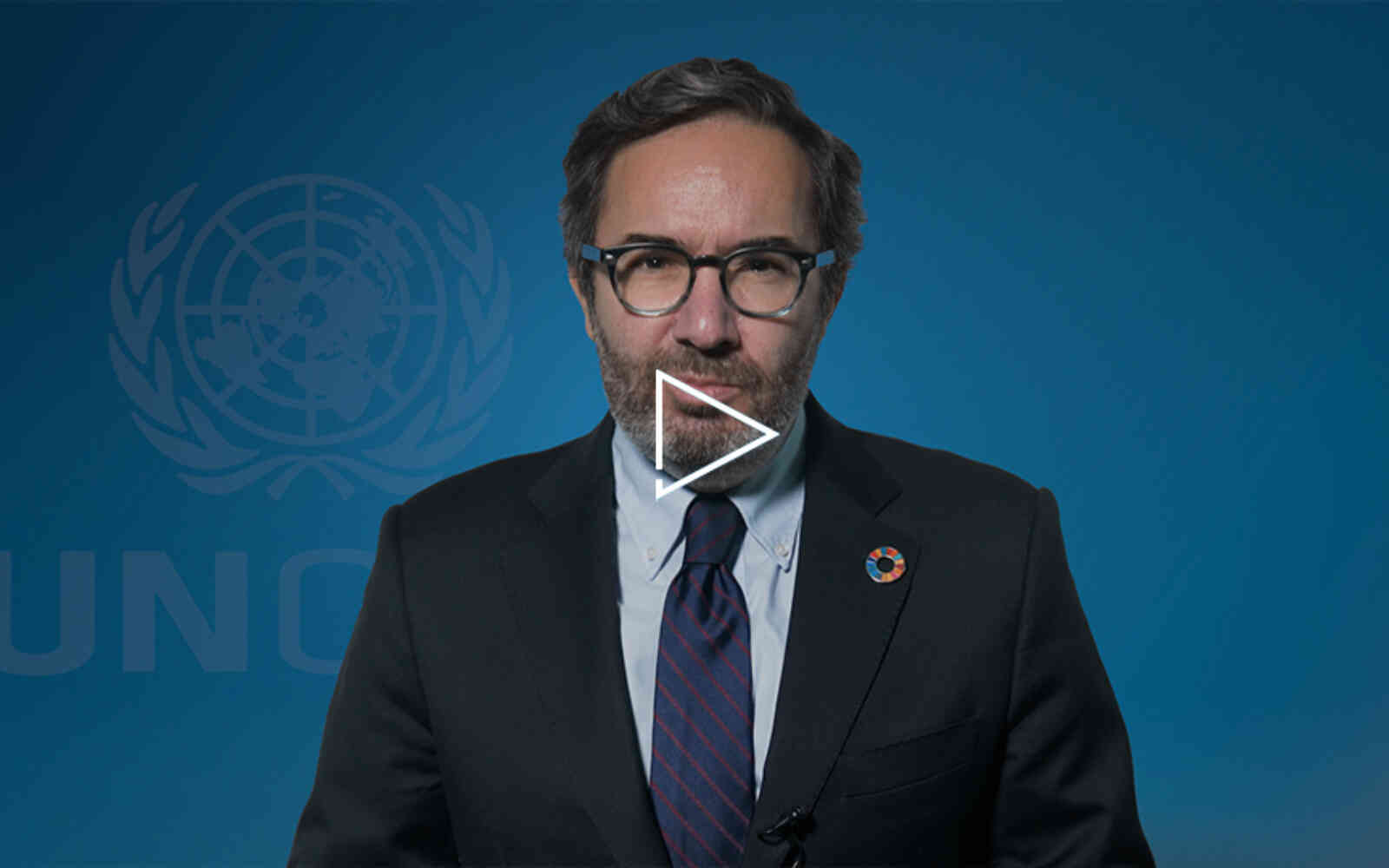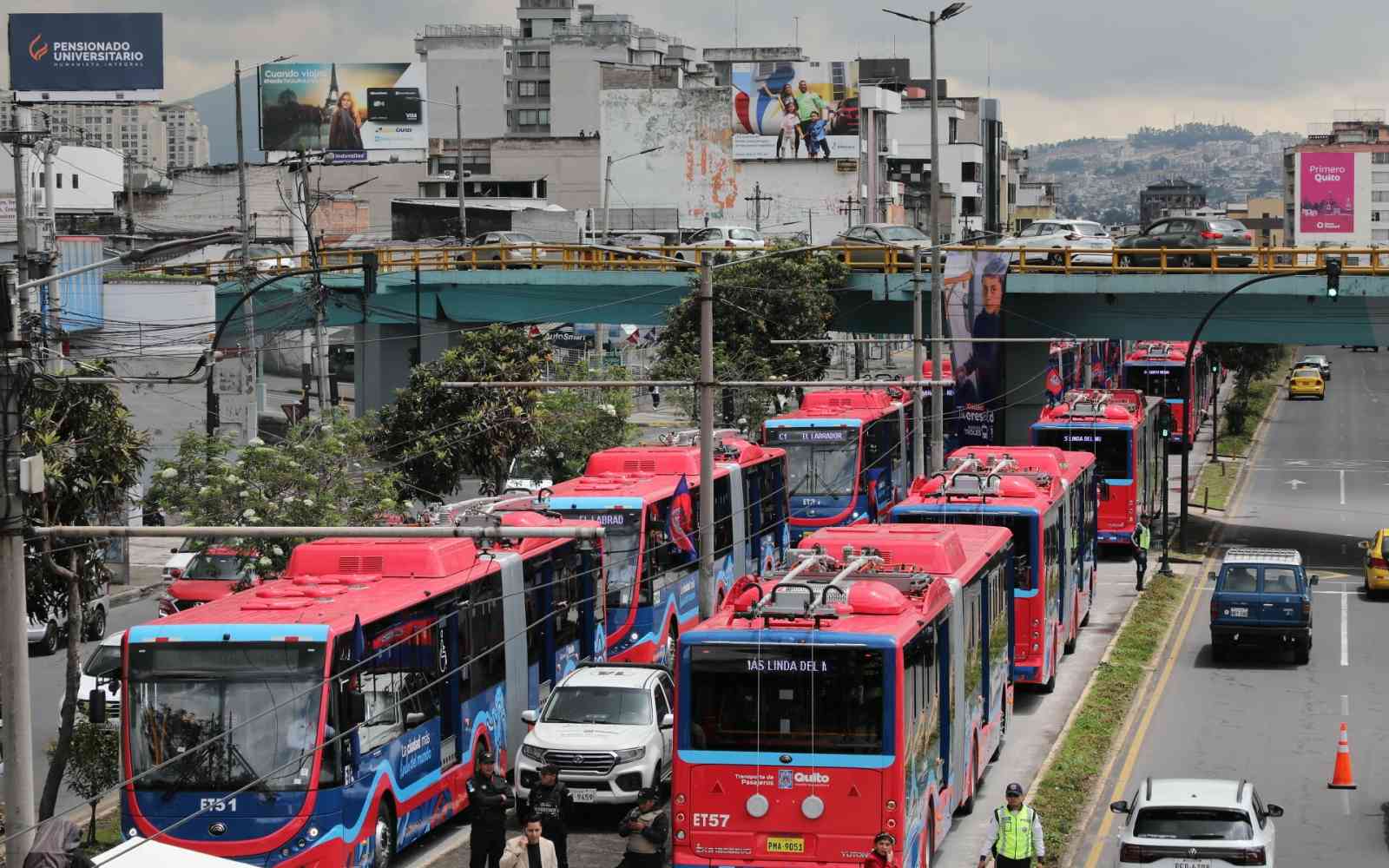The United Nations Office for Project Services (UNOPS)
Des infrastructures résilientes qui profitent à tous
Speech by Grete Faremo, Under-Secretary-General and Executive Director of UNOPS, at the Public Private Partnership for Small Islands (P3a) conference, Aruba, 22 - 24 March 2016
[Check against delivery]
2015 was a year of global commitments: The international agreement on the sustainable development goals, the Paris Climate Treaty and the framework to finance development efforts over the coming years were all agreed last year.
Now we have to turn the "Agenda 2030" into reality. We have given ourselves 15 years.
Nowhere is this agenda more important than for the Small Island Developing States.
Given their extreme vulnerability to the effects of climate change, not only what needs to be built, but how it is built is extremely important. Any infrastructure built in the SIDS needs to be environmental-friendly and ready to withstand shocks and extreme weather conditions. This is as obvious as it is difficult to achieve.
The UN Secretary General launched the "Anticipate, Absorb, Reshape (A2R)" initiative at the COP 21 in Paris last December. This multi-stakeholder global platform aims to strengthen capacity to identify and anticipate climate-related hazards, absorb shocks and reshape development pathways addressing root causes of climate-induced risks. The United Nations is fully committed to the Samoa Pathway and to the resilience agenda to mitigate risks from and reduce effects of climate change.
The huge challenges of the Agenda 2030 are multiple. A central one is implementation itself. It will require strong commitment, innovative partnerships as well as good planning and significant funding to turn plans into action. "Infrastructure, infrastructure, infrastructure!" We heard Heiko Bammann, responsible for Market and Food Systems in FAO, yesterday regarding what is required for sustainable agriculture. Infrastructure is key to sustainable growth anywhere.
As obvious as this seems, many countries still lack comprehensive infrastructure development plans that both satisfy the needs of the population and the demands for sustainability - while being affordable and bankable.
The general challenges facing infrastructure investments in many low-income countries are by now fairly clear:
- Assessing risk accurately: most risk assessments treat low-income countries as if all countries were one, big, equally risky place. Yet, the level and the nature of risks are very different between different countries. Most often the risk is overrated.
- Reducing risk through innovative use of public and foreign aid money: There are also ways to blend public and private money in a way that can reduce the private risk levels to where private investors may become interested, yet such deal structures are few - all too few.
- Improving the project pipeline by shortening and strengthening the project-planning phase of infrastructure.
- "De-bundling" the planning, construction and operation phases of infrastructure projects to open up for private capital while retaining public control of the priority and design of projects.
- Strengthening regulatory and planning capacity of local and national governments.
- Increasing political stability and accountability. Let's face it, as long as projects are likely to be stopped, questioned or ransomed by the next government in power, few investors will go into deals which may have 10, 20 or more year lifespans.
National resource mobilization through taxes and private sector will be the major drivers. The governments provide the framework conditions for private sector investments. National governments may work with the UN to secure a successful implementation of the Agenda 2030 in securing inclusion of all, women and men, the old and children - making sure no one is left behind - focusing on the poorest of the poor that have no purchasing power.
ODA funding can be used in smart ways to identify projects, for pre-project planning, for first-loss guarantees, for temporary subsidising user-fees etc. There are several new ways we can use aid to lower risk. Few have been fully tested.
The United Nations' role in these efforts should focus UN values such as sustainability, capacity building and inclusion.
UNOPS, the United Nations Office for Project Services, is particularly suited to build new partnerships, and to play a role in harnessing private sector investments for sustainable development. To explain why, I need to say a few words about UNOPS.
UNOPS - established 20 years ago - is primarily a service provider within the UN family. We are a unique member of the UN family in the sense that we focus only implementation.
We partner with governments and other UN agencies, foundations and businesses. We deliver around $1.4 billion worth of aid and development projects in over 80 countries every year. We have a strong, local presence and partners call us to supplement their own capacities, improve speed, reduce risks, boost cost-effectiveness and increase quality.
UNOPS being fully self-financed, means we run like a business even if we are non-profit. We receive no core funding, we are paid for what we are able to deliver. This drives excellence in delivery and forces efficiency and financial discipline in what we do.
We provide support in three main areas: infrastructure, procurement and project management. We are fully committed to deliver in line with the SAMOA pathway.
UNOPS focuses its infrastructure work around resilience. To address the violent effects of global warming, we build resilience into our planning for the future.
Simple measures, such as;
- enforcing basic building codes,
- setting minimum standards for the quality of schools, hospitals and other essential public buildings,
- building basic protective structures against the sea,
- ensuring back-up systems for electricity and communications, etc.
These measures could dramatically reduce casualty figures and reduce economic damage at a fairly low price considered in a life-time perspective.
Last year, UNOPS announced a new, comprehensive resilience planning tool to help countries integrate resilience planning across multiple sectors. It will be progressively implemented across 30 countries by 2020, to support a coordinated approach to addressing these challenges.
Now, UNOPS is ready to take on a new role to bring the private sector, aid agencies and governments together in an effort to harness private sector capital for sustainable development. Build commercial sustainable partnerships where public and private partners also share the risk.
We are already talking with private investors, pension funds and others on how we can work together in emerging markets. Opportunities are multiple, still the risks are also evident. UNOPS' local presence and our track record of successful project implementation from over 20 years help reduce the risk. We work to help attract private capital to fund infrastructure needed to turn the Sustainable Development Goals into reality. We will step in where we can help and get out of the way when we are not needed.
We are working to develop a pipeline of bankable projects based on national infrastructure plans. We work with consultants to do the feasibility studies. What do we want to achieve? What does the solution look like to get there? To create sustainable business cases with a cash flow that private investors also find interesting.
We team up with governments, advisors and private investors in areas such as renewable energy infrastructure in solar, geothermal, wind or hydro, energy transmission, solid waste management, waste to energy transformation, healthcare, and social housing.
A growing number of pension funds and sovereign funds are now seeking – or even obliged – to invest a part of their portfolio in sustainable or climate-change mitigating projects. There is a growing interest in specialized funds focusing on ethical investments. The challenge is really to package sustainable infrastructure projects in a way that meets the investment criteria of the large investors.
Size matters. We have heard over this conference of projects that benefit ordinary people who also are willing to pay for services, still may alone be too small to attract institutional investors.
Also here we believe UNOPS can help. We are looking to bundle together projects of, say, US$10-20 million into investment packages, both large enough to be interesting for large funds and also spread the risk over several projects.
As mentioned many times, the huge need for sustainable resilient infrastructure requires new approaches to pre-feasibility studies. That is why UNOPS also has taken the initiative to develop a seed capital fund to convert very early stage or "stranded" projects into bankable proposals. The aspiration is to work closely with governments and DFIs with a view to develop over time a portfolio of 10 to 25 sustainable infrastructure projects, taking into consideration any legal and financial hurdles to implementation.
To show some "skin in the game", we will even consider investing (on the revolving basis) our own hard-earned cash. We would like to partner with like-minded players in order to maximize leverage for investors and beneficiaries. The investable portfolios should as mentioned, be in sync with national infrastructure plans. UNOPS is also prepared to advise interested governments on these matters - in line with our mandate from the UN General Assembly.
Ladies and gentlemen,
I believe we are at a watershed moment. Unless we bring sustainable development and protection against the effects of climate change to the most vulnerable countries of our world, our common future will be at stake. Unless developing and vulnerable countries are able to progress, providing economic opportunities and creating resilient societies that can withstand natural disasters and rising seas, we will see mass movements of people and upheavals at a scale that will threaten peace and the values embedded in the Sustainable Development Goals.
UNOPS will work with you to connect the dots. PPPs will require predictability and perseverance. PPPs require transparent national legal framework conditions as well as project framework. Transparency and accountability will facilitate a combination of private capital and public funds, sharing risks and return to the benefit of the citizens and to contribute to a more just, sustainable and climate resilient world.
Thank you.











